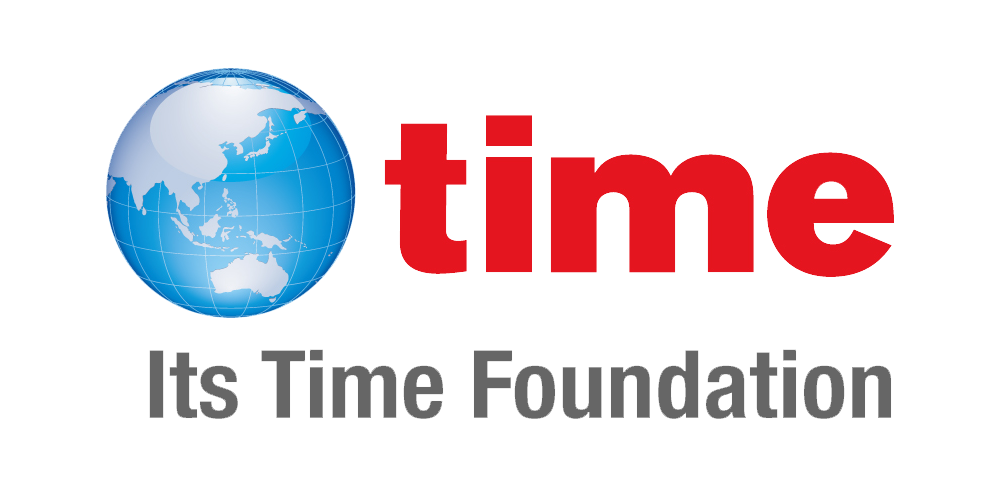Annual school fuel saving (litres) (1)
4,800
Annual fuel saving 0 teachers' homes getting solar (litres) (2)
Annual cartage saving (litres) (3)
720
Total annual fuel saving (litres) (4)
5,520
Fuel saving over 30 years (litres)
165,600
Annual CO2 saving (kgs)
14,076
CO2 saving over 30 years (kgs)
422,280
Annual AUD saving (8)
$ 12,540
Annual USD saving
$ 8,527
Annual FJD saving
$ 18,810
30 yrs AUD saving
$ 376,200
30 yrs USD saving
$ 255,810
30 yrs FJD saving














